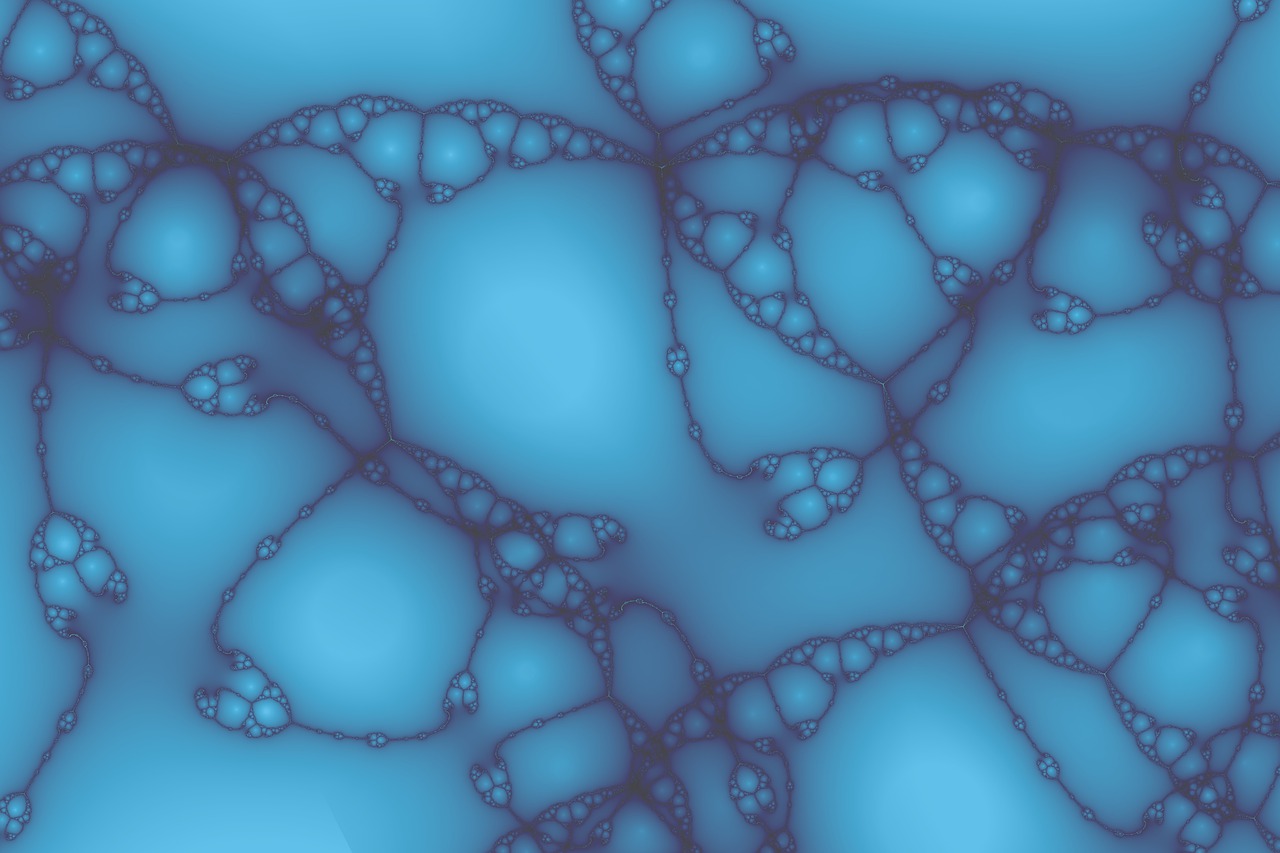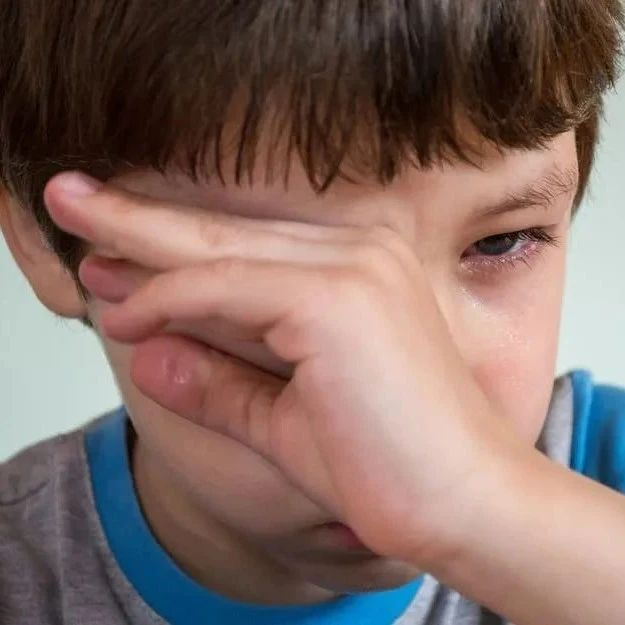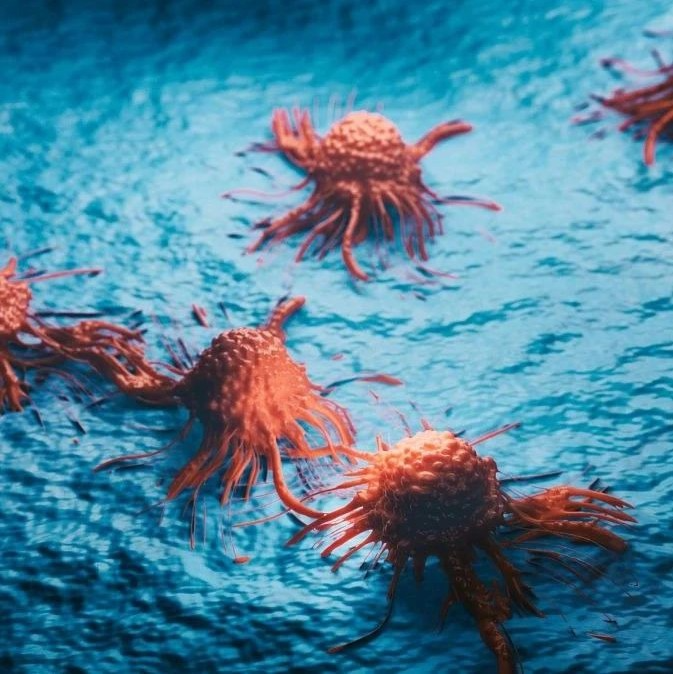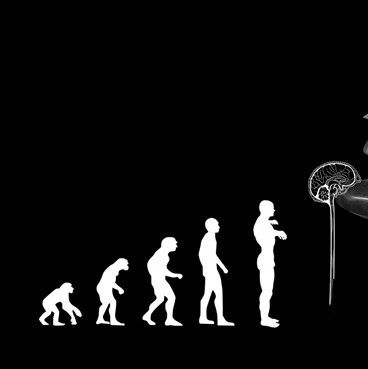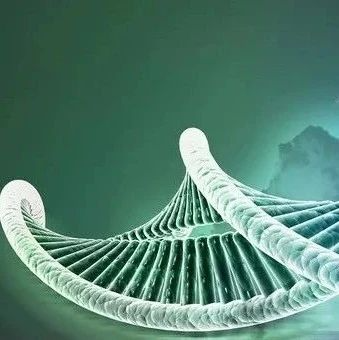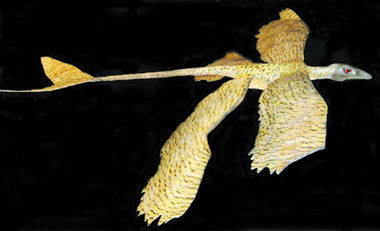
一个生有4个翅膀的恐龙的泡沫塑料模型揭示了它如何在树林中滑翔。(图片提供:David Alexander等,美国《国家科学院院刊》)
鸟类究竟是如何学会飞行的?用生有4个翅膀的带羽毛恐龙的泡沫塑料模型进行的首个飞行测试表明,早期鸟类可能是以树林间的滑行作为它们飞行生涯的开始。
有关鸟类飞行进化的争论是古生物学中一个持续时间最长且最热门的话题。最早的鸟类是从树上向地面滑翔的树栖生物,还是因进化出了翅膀而逐渐喜欢长距离跳跃的两足陆生动物?研究人员对此一直没有形成统一的认识。
最近几年,研究人员尝试利用数学分析和计算机模拟来确定早期鸟类的飞行能力。同时至少有一个研究团队根据化石建立了一个物理模型,并用其进行了风洞试验。而利用一种不同的方法,美国劳伦斯市堪萨斯大学的生物力学专家DavidAlexander与该校以及中国沈阳市东北大学的同事,重建了一个小盗龙的模型――这是一种因生有4个翅膀而闻名的恐龙。小盗龙是恐爪龙――一种类似于鸟的恐龙――的一种。
研究人员制作了一副骨架,并用一个黏土“身体”覆盖住了“骨骼”,之后又插上了由现代雉鸡羽毛――它们能够完美地匹配保存在化石上的印记――制作的翅膀。研究人员利用这个有羽毛的重建小盗龙制作了一些聚氨酯泡沫模型。研究人员从不同的高度发射了这些模型,并记录了它们每次滑翔的距离、速度以及角度。研究人员在1月25日的美国《国家科学院院刊》网络版上报告说:“小盗龙是一架老练的‘滑翔机’,但它如果想从一棵树干滑行到另一棵树干,则还存在着一点点困难。”
自称由于具有飞机模型知识背景而加入古生物学家研究团队的Alexander表示,他不知道还有其他任何研究团队设法进行过恐龙飞行模型的研究。北京市中国科学院古脊椎动物与古人类研究所的古生物学家周忠和认为,这种新的方法“可能是”确定灭绝动物的飞行能力的“最有效的途径之一”。他预计基于其他动物化石的类似试验将有助于澄清鸟类飞行是如何起源的。
美国奥斯汀市得克萨斯大学的古生物学家JuliaClarke也认为这些模型是有用的,但是它们必将受到有关解剖学认识的限制。她说,以小盗龙为例,“我不相信现实中的动物会呈现出一些它们在研究中所采用的姿态”。Clarke同时认为,研究团队已经超越了树栖或陆生假设的分歧,转而考虑一些差别更加细微的问题,例如推动飞行的解剖学进化因素。
推荐原始出处:
PNAS January 25, 2010, doi: 10.1073/pnas.0911852107
Model tests of gliding with different hindwing configurations in the four-winged dromaeosaurid Microraptor gui
David E. Alexandera,1, Enpu Gongb, Larry D. Martina,c, David A. Burnhamc, and Amanda R. Falkc,d
aDepartment of Ecology " Evolutionary Biology, University of Kansas, Lawrence, KS 66045-7534;
bDepartment of Geology, Northeastern University, Shenyang, Liaoning 110004, China;
cDivision of Paleontology, Biodiversity Institute, University of Kansas, Lawrence, KS 66045-7561; and
dDepartment of Geology, University of Kansas, Lawrence, KS 66045-7613
Fossils of the remarkable dromaeosaurid Microraptor gui and relatives clearly show well-developed flight feathers on the hind limbs as well as the front limbs. No modern vertebrate has hind limbs functioning as independent, fully developed wings; so, lacking a living example, little agreement exists on the functional morphology or likely flight configuration of the hindwing. Using a detailed reconstruction based on the actual skeleton of one individual, cast in the round, we developed light-weight, three-dimensional physical models and performed glide tests with anatomically reasonable hindwing configurations. Models were tested with hindwings abducted and extended laterally, as well as with a previously described biplane configuration. Although the hip joint requires the hindwing to have at least 20° of negative dihedral (anhedral), all configurations were quite stable gliders. Glide angles ranged from 3° to 21° with a mean estimated equilibrium angle of 13.7°, giving a lift to drag ratio of 4.1:1 and a lift coefficient of 0.64. The abducted hindwing model’s equilibrium glide speed corresponds to a glide speed in the living animal of 10.6 ms?1. Although the biplane model glided almost as well as the other models, it was structurally deficient and required an unlikely weight distribution (very heavy head) for stable gliding. Our model with laterally abducted hindwings represents a biologically and aerodynamically reasonable configuration for this four-winged gliding animal. M. gui’s feathered hindwings, although effective for gliding, would have seriously hampered terrestrial locomotion.


